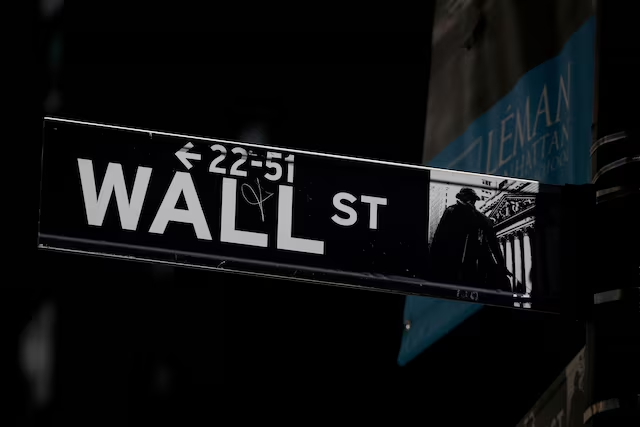As U.S. stocks conclude a strong first half of 2024, investors are speculating about the impact of political uncertainty, potential Federal Reserve policy shifts, and the dominance of big tech companies on the market’s performance for the remainder of the year. The S&P 500 has risen by 15% year-to-date, driven by robust corporate earnings, a resilient U.S. economy, and enthusiasm for artificial intelligence, which has propelled significant gains in stocks such as Nvidia.
The S&P 500’s steady rise produced 31 new highs in the first half, the most since 2021. According to Tim Ghriskey, senior portfolio strategist at Ingalls & Snyder, the first half has been a “Nirvana period for stocks,” with the economy performing stronger than many, including the Federal Reserve, had anticipated.
Historically, a positive first half has led to additional gains in the second half 86% of the time during election years since 1944, according to a CFRA study. However, political uncertainty, especially surrounding the U.S. presidential election, could significantly impact asset prices. A JPMorgan survey indicated that political risk is seen as a top potential destabilizing factor for stocks.
Investors are also concerned about the market’s narrow advance, heavily concentrated in a few tech giants. Nvidia, whose shares have surged 150% this year, has contributed about a third of the S&P 500’s total return. The broader market’s performance remains uncertain, especially if the economy deviates from the “Goldilocks” scenario of gradually cooling inflation and resilient growth.
Jason Draho, head of asset allocation for UBS Global Wealth Management, warned that market volatility is likely to increase due to potential macroeconomic outcomes in 2025, influenced by the U.S. election results. Investors are increasingly focused on political factors, with futures tied to the Cboe Volatility Index reflecting higher demand for protection against equity fluctuations around the November vote.
A Democratic sweep of the White House and Congress could result in higher taxes, generally seen as negative for equities. Conversely, uncertainty around the election process, including the possibility of a contested or prolonged result, could drive market volatility.
Despite strong earnings and AI-driven growth in the first half, the gains have been concentrated in tech and growth stocks like Nvidia, Microsoft, and Amazon. The equal-weighted S&P 500 index, representing the average stock, is up just 4% for the year, a fraction of the S&P 500’s gain.
Some investors, such as Jack Ablin, chief investment officer at Cresset Capital, are turning to underperforming market areas, expecting the rally in tech to extend to other sectors. Most investors have welcomed signs of cooling inflation and moderating growth, as these trends support the case for the Fed to cut interest rates from multi-decade highs.
However, a more pronounced economic slowdown could fuel concerns about the impact of elevated interest rates. Fed officials have reduced their projections to just one rate cut this year, down from an earlier forecast of three, due to the economy’s strength and persistent inflation. The market’s reaction to rate cuts will depend on whether they occur during strong economic performance or in response to a sharp slowdown, with past instances showing mixed outcomes.
Julia Hermann, global market strategist at New York Life Investments, noted, “Every landing is a soft landing until it is not,” emphasizing the uncertainties ahead.
READ MORE:
